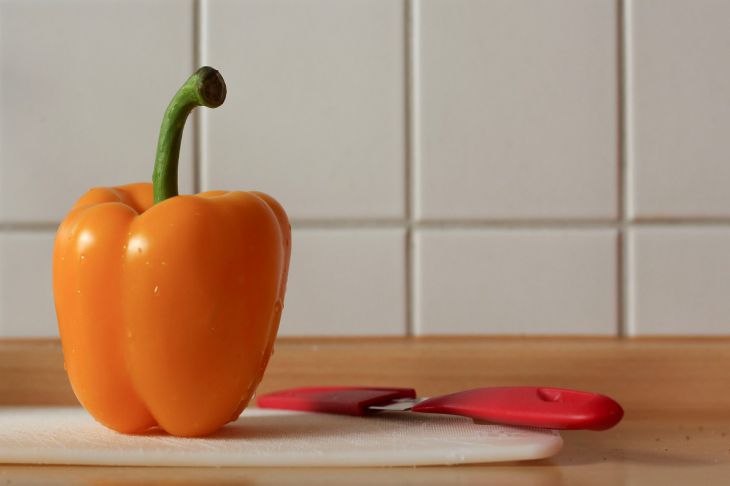Glass cutting boards attract attention with their transparency, durability and versatility.
Sure, they seem like a great solution when viewed through the prism of appearance. However, one must remember the danger that lurks in cutting boards.
Damage to knives
One of the main disadvantages of glass cutting boards is that they can damage knives.

Glass is very hard and rigid, and cutting on it will cause knives to become dull faster.
Moreover, this can result in small scratches and cracks on the glass surface that may not seem noticeable at first glance. And these scratches will eventually become a place for bacteria and food contamination to accumulate.
Hygiene issues
Glass, it would seem, is easy to clean and disinfect. This is a serious misconception. If scratches appear, bacteria begin to accumulate inside. In this case, regular rinsing under warm water may not be enough. It is with glass boards that hygiene problems most often arise.
It is also important to remember that the surface does not absorb liquid, which can create a false impression of cleanliness. However, it does not provide an adequate barrier against microbes.
The risk of injury increases
Glass is more prone to slipping on a tabletop than wood or plastic, which can also lead to accidents while cutting. For example, such boards are always more likely to cause serious injury in the kitchen.
Probability of breakage
Glass is a fragile material that can easily break during cooking. This can lead to glass fragments getting into the food and posing a danger. Of course, the chance of breaking is small, but this disadvantage should be taken into account.
Previously, we talked about what to do with clothes that have shrunk after washing .
